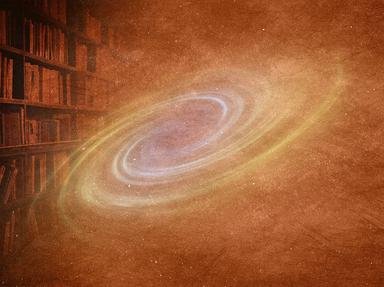
Scientific Discoveries through the Ages Quiz
Place these discoveries in date order, starting with the earliest. The dates of the various discoveries are provided as hints.
An ordering quiz
by suomy.
Estimated time: 3 mins.

| What's the Correct Order? | Choices |
| 1. (1543) | discovery of x-rays |
| 2. (1687) | cloning from adult mammal cells |
| 3. (1796) | concept of vaccination |
| 4. (1837) | general relativity theory |
| 5. (1861) | the Big Bang theory |
| 6. (1895) | design of general-purpose computer |
| 7. (1915) | heliocentric solar system |
| 8. (1927) | law of universal gravitation |
| 9. (1953) | discovery of DNA structure |
| 10. (1996) | germ theory |